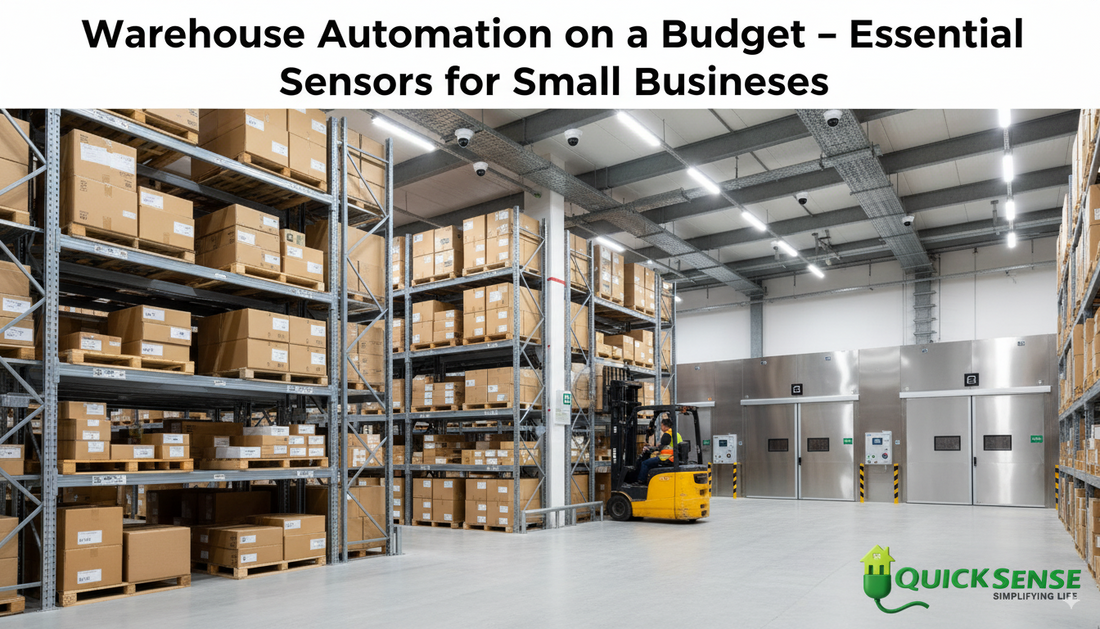
Warehouse Automation on a Budget: Essential Sensors for Small Businesses
Share
In today’s fast-moving business environment, efficiency is everything. For small and medium-sized businesses (SMBs), running a warehouse often means juggling inventory accuracy, timely deliveries, and cost control—all without the luxury of big budgets. While full-scale warehouse automation systems can be expensive, you don’t need millions to start automating. By investing in smart sensors, small businesses can bring significant improvements in efficiency, safety, and productivity—without breaking the bank.
Why Start with Sensors?
Sensors are the backbone of automation. They act as the “eyes and ears” of your warehouse, detecting movement, temperature, lighting, and more. With the right combination, small businesses can reduce human errors, cut down energy bills, and increase productivity at minimal cost.
🔑 Essential Sensors for Budget-Friendly Warehouse Automation
1. Motion Sensors (PIR & Microwave)
-
Purpose: Automate lighting, reduce energy waste, and secure restricted zones.
-
Benefit: Lights turn ON only when someone is present—saving electricity bills.
-
Application: Pathways, storage racks, and entry/exit areas.
2. Door & Access Sensors
-
Purpose: Monitor entry points, prevent unauthorized access, and track goods movement.
-
Benefit: Affordable way to improve security.
-
Application: Loading docks, restricted storage zones, or cold storage areas.
3. Temperature & Humidity Sensors
-
Purpose: Maintain ideal conditions for sensitive goods like food, pharmaceuticals, or electronics.
-
Benefit: Prevent spoilage and product damage.
-
Application: Cold storage, packaging zones, and climate-controlled areas.
4. Occupancy & Presence Sensors
-
Purpose: Detect whether a space is in use—even if no movement is visible.
-
Benefit: Ideal for staff tracking, safety in low-activity zones, and optimizing workspace usage.
-
Application: Warehouse aisles, staff rest areas, and offices.
5. Vibration & Load Sensors
-
Purpose: Monitor equipment performance and detect faults early.
-
Benefit: Reduce downtime and costly repairs by predicting maintenance needs.
-
Application: Forklifts, conveyor belts, and heavy-duty racks.
💡 The Big Advantage for Small Businesses
You don’t need a massive investment to reap the benefits of automation. Start with a few key sensors, expand gradually, and integrate them with affordable smart controllers or IoT platforms. This approach allows you to:
-
Save on electricity bills
-
Improve employee safety
-
Reduce inventory mishandling
-
Enhance overall operational efficiency
✅ Final Thoughts
Warehouse automation is no longer reserved for big corporations. With budget-friendly sensors, small businesses can make their warehouses smarter, safer, and more efficient—step by step. Think of sensors as the foundation of future-proof automation. Start small today, and you’ll scale faster tomorrow.